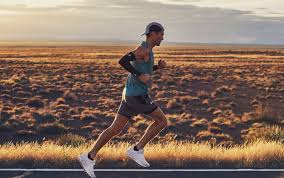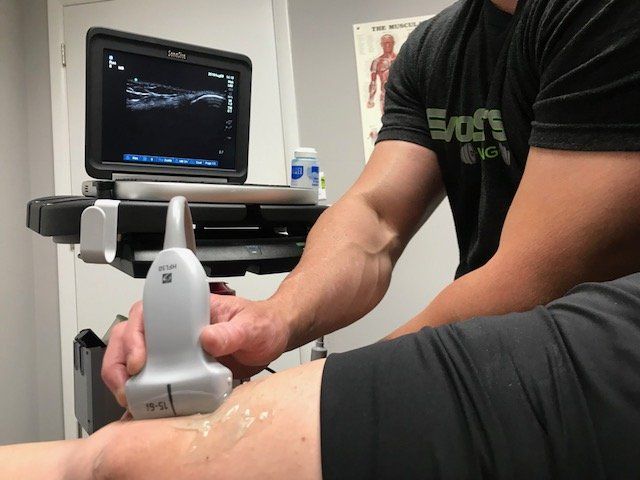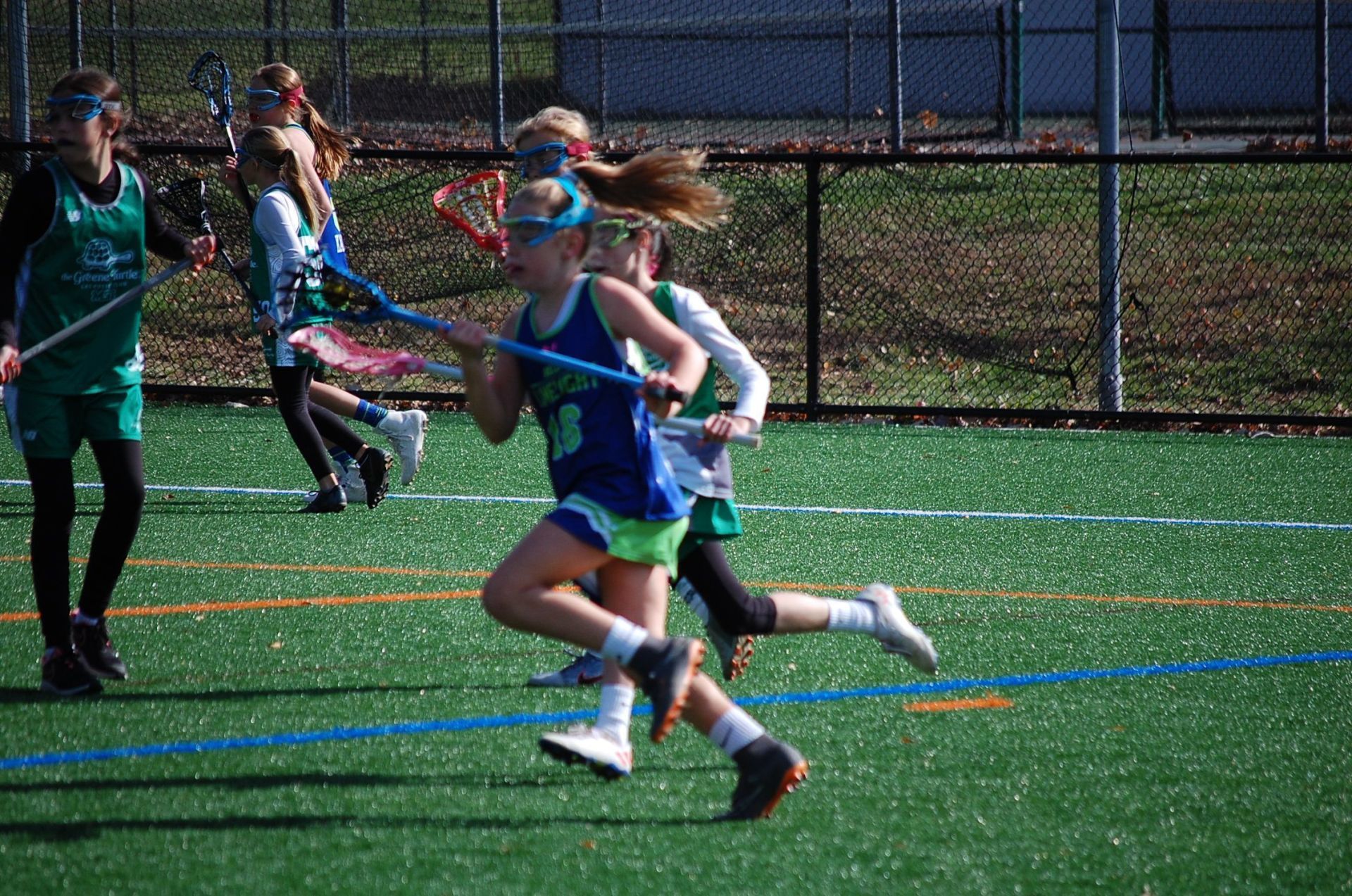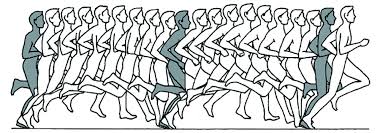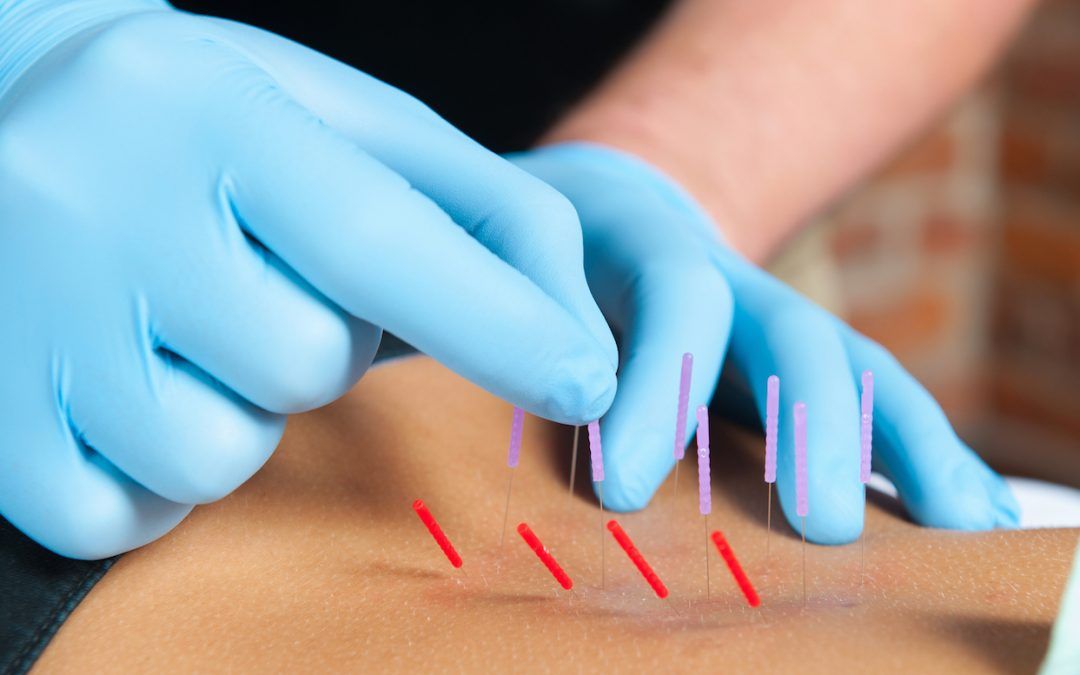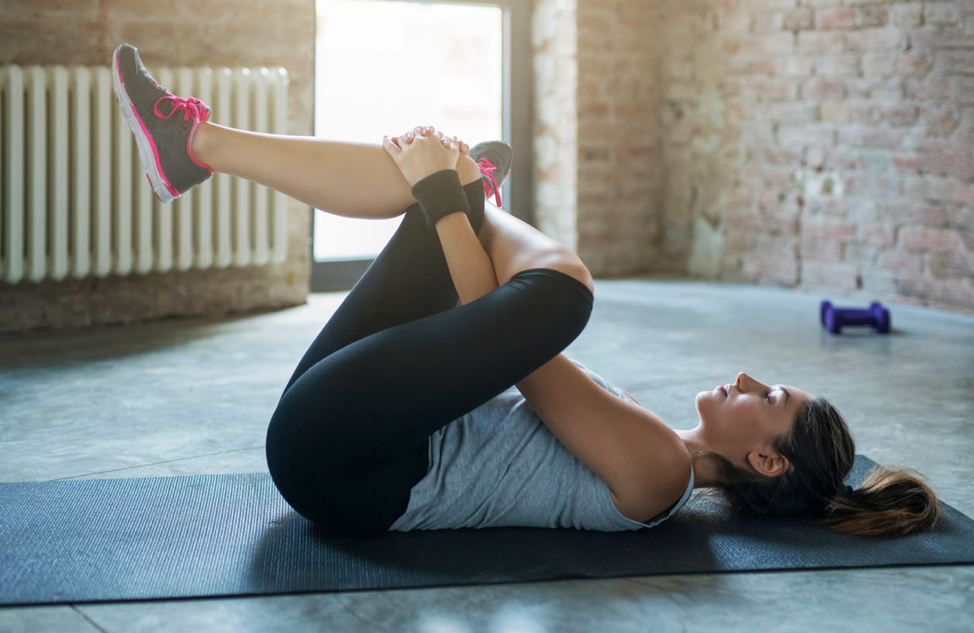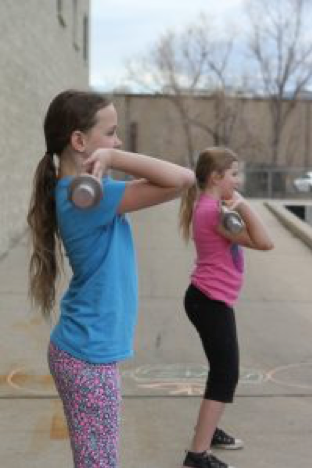EvoSports Weightligting - Olympic Weightlifting Camp - Winter 2019
Benefitting All Athletes
In sports, we far too often focus on immediate success. Parents and coaches want the best for their children and athletes, but don’t necessarily choose the best path for reaching success. We need to explore implementing long-term athlete development programs to develop injury resistant and strong athletes.
In another blog, Morgan delves into this idea with further complexity. The point is, all athletes, children especially because of their age, need to build a solid foundation in lifting mechanics, overall strength, and proper technique.
Long-term athletic development programs have functional carryover for sport in terms of force displacement (strength and power) and kinesthetic awareness. What I mean by this is that we can train our athletes to be stronger, and more effective with basic lifting patterns and incorporate Olympic lifting techniques. These methods of training also help to develop kinesthetic awareness and enhance proprioception. These mechanisms provide us with a sense of joint position in space. Enhancing them allows for increased neurological feedback for the control of muscular actions and serves to protect against excessive strain on passive joint restraints and serves to reduce recurrent injury. (1) Basically, smarter training equals a smarter body, which translates to safer and stronger athletes.
One of the most effective methods of training to promote the aforementioned benefits is strength training through Olympic lifting. Contrary to popular belief, this style of training is incredibly beneficial, especially in young athletes. With proper coaching, structured warm-ups, individualized programming and proper recovery, there’s only heaps of benefits to reap. Children can improve strength by 30% to 50% after just 8 to 12 weeks of a well-designed strength-training program. (2) Another common misconception regarding weight training in children is that they injure themselves and stunt their growth. However, this is not the case. An article from the National Center for Biotechnology Information states that a well-designed strength training program following the recommended loads, sets, and repetitions appropriate for the young athlete’s age and body habutis should not excessively stress growth plates. Sports such as gymnastics and baseball, which involve repetitive impact and torque, provide a greater risk of epiphyseal injury. (2)
Our goal is to train smarter and more effectively to produce faster, stronger, and SAFER athletes that can continue to enjoy the sports and activities they love for as long as possible. One way we’re striving to do this is with our Olympic Weightlifting Camp. It is taking place Saturday December, 7th, 2019.We will be offering two "camps" , the first from 8am-12 pm. The second from 1pm- 5pm. During this 4-hour workshop you’ll learn proper programming and mobility to excel in your training. Our staff of highly qualified coaches (certified through USAW and Totten Training Systems) will analyze, break down, and correct any form/mechanics issues. The price for this camp is only $99 per participant. We are offering EARLY BIRD REGISTRATION for $89 if you sign up before November 11th. We will be limiting each camp to 24 lifters to maintain an intensive focus on your skill development.
REGISTER FOR THE 2019 OLYMPIC LIFTING CAMP HERE.
In
addition to our Olympic Weightlifting Camp, we also have a barbell club every
Saturday morning. The beginner class begins at 9AM, focusing on the
fundamentals of Olympic lifting to establish proper technique. For those
with a background in weightlifting, we have an advanced level class at
10AM. Alternating every week, we begin with a dynamic warm up,
plyometrics, and then focus on either the clean and jerk or snatch, following
with complementary strength work. For only $15 \ per session, this
is perfect for those looking to receive great coaching and a phenomenal
workout.
Be sure to contact our Director of Human Performance, Chris Fusco, for more information!
REGISTER FOR THE 2019 OLYMPIC LIFTING CAMP HERE.
